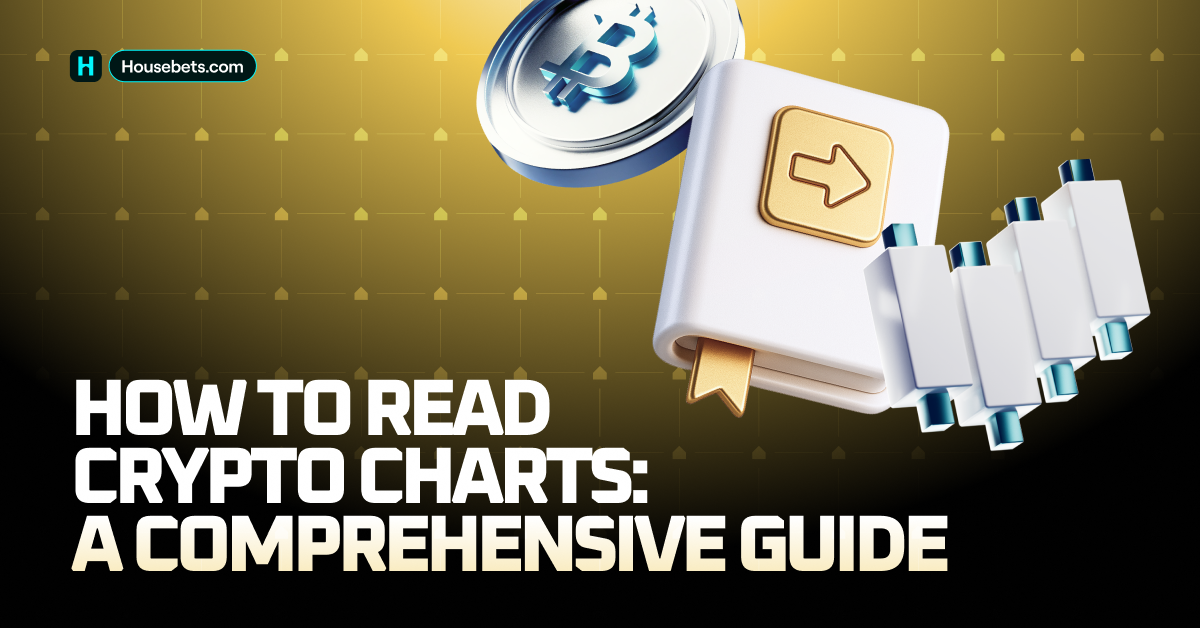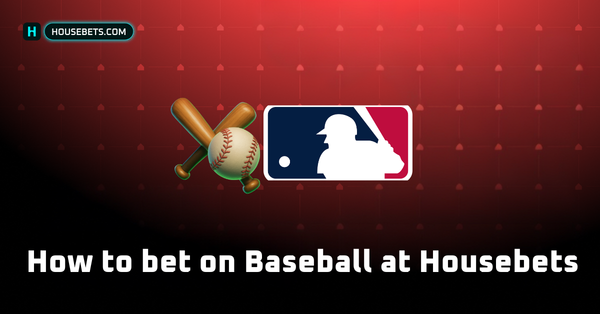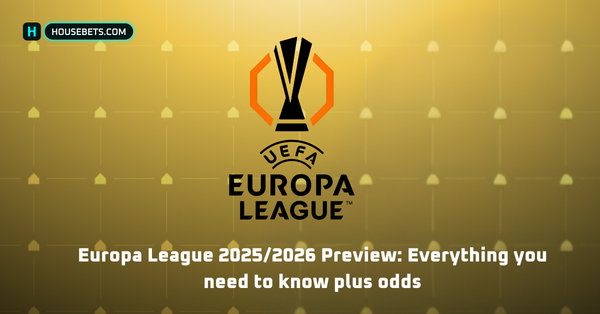How to Read Crypto Charts: A Comprehensive Guide

Cryptocurrency trading has gained significant popularity, attracting both new and experienced investors. A crucial skill for any trader is the ability to read and interpret crypto charts, which provide valuable insights into market trends and potential price movements.
Just as technical charts assist traders in selecting equities and commodities, crypto charts are used to make informed investment decisions when dealing with cryptocurrencies. This guide will walk you through the fundamentals of reading crypto charts and accessing them.
Accessing Crypto Charts
To start reading crypto charts, you need access to a reliable charting platform. Here are some popular platforms:
TradingView: Known for its extensive charting tools and indicators.
CoinMarketCap: Offers basic charting and is great for quick market overviews.
CoinGecko: Similar to CoinMarketCap, with a focus on market data.
Crypto Exchanges: Most exchanges, such as Binance, Coinbase, and Kraken, provide in-built charting tools.
To access these charts:
Sign up for an account on the chosen platform if required.
Navigate to the chart section: This is usually labelled as “Charts,” “Markets,” or “Trading.”
Select the cryptocurrency pair you are interested in (e.g., BTC/USD, ETH/BTC).
Understanding the Basic Components of Crypto Charts
Crypto charts come with several key components. Familiarise yourself with these elements:
Price Axis: The vertical axis (Y-axis) shows the price levels.
Time Axis: The horizontal axis (X-axis) indicates the time frame (minutes, hours, days, etc.).
Candlesticks: Represent price movements within a specific time period (explained in detail below).
Volume Bars: Show the trading volume over the time period.
Indicators and Overlays: Tools like Moving Averages, RSI, MACD, etc., that help in technical analysis.
Reading Candlestick Charts
Candlestick charts are the most common type of crypto charts. Each candlestick provides information about the price action during a specific period. Here’s how to interpret them:
Body: The wide part of the candlestick shows the opening and closing prices.
Green/White Candle: Indicates that the closing price is higher than the opening price (bullish).
Red/Black Candle: Indicates that the closing price is lower than the opening price (bearish).
Wicks (Shadows): The thin lines above and below the body.
Upper Wick: Shows the highest price during the period.
Lower Wick: Shows the lowest price during the period.
Patterns: Recognising patterns can help predict future movements.
Bullish Patterns: Indicate potential price increases (e.g., Hammer, Bullish Engulfing).
Bearish Patterns: Indicate potential price decreases (e.g., Shooting Star, Bearish Engulfing).
Using Technical Indicators
Technical indicators are tools that help traders analyse price movements and identify trends. Here are some commonly used indicators:
Moving Averages (MA): Smooth out price data to identify trends.
Simple Moving Average (SMA): Calculates the average price over a specific period.
Exponential Moving Average (EMA): Gives more weight to recent prices.
Relative Strength Index (RSI): Measures the speed and change of price movements. RSI values above 70 indicate overbought conditions, while values below 30 indicate oversold conditions.
Moving Average Convergence Divergence (MACD): Shows the relationship between two moving averages of prices. A signal line is used to identify buy/sell signals.
Bollinger Bands: Consists of a middle band (SMA) and two outer bands (standard deviations away from the SMA). They indicate volatility and potential price reversals.
Identifying Trends and Patterns
Understanding trends and patterns is critical for successful trading:
Trend Lines: Drawn on charts to identify the direction of the market (upward, downward, or sideways).
Support and Resistance Levels: Horizontal lines indicating where the price tends to find support as it falls and resistance as it rises.
Chart Patterns: Include formations like Head and Shoulders, Double Tops and Bottoms, and Flags, which can indicate continuation or reversal of trends.
Applying Your Knowledge
Start with Demo Accounts: Many platforms offer demo accounts to practice trading without real money.
Keep a Trading Journal: Document your trades, strategies, and outcomes to analyse and improve.
Stay Informed: Follow market news and updates as crypto markets can be influenced by various factors like regulations, technological advancements, and macroeconomic trends.
Reading crypto charts is an essential skill for any cryptocurrency trader. By understanding the basic components, candlestick patterns, technical indicators, and trends, you can make informed trading decisions.
Start by accessing reliable charting platforms, practice with demo accounts, and continuously educate yourself to improve your trading strategies.



